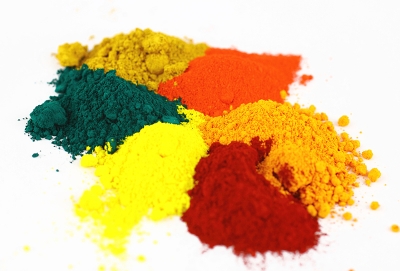Biochemistry in Animal Testing
What is animal testing?
Animal testing occurs when scientists use animals to test certain products or perform experiments as a substitute for humans. By using animals in experiments, scientists can avoid the possibility of the death or injury of humans.
How does it relate to Biochemistry?
Animal testing relates to biochemistry in many different ways. Scientists must have a very in-depth knowledge of the animal that they are testing, including an understanding of the overall body structure, and the specific chemical processes that occur within it. As well as this, scientists have to use animals that share similar characteristics with humans in order to be sure that the product or experiment will not behave differently once used in the real world. This requires intensive knowledge of the specific chemical processes, enzymes, proteins, and DNA within both the test animal, and humans.
 |
| Example of Human Chromosomes |
Through animal testing, scientists have also been able to make many new advancements in the biochemistry realm, with opportunities to learn more about the bodily functions that occur within living organisms, the DNA in living organisms, and other specific chemical reactions that can occur within living organisms.
What kind of animals are used in animal testing?
The most common animals that are used in experimentation and testing include mice, rabbits, guinea pigs, and monkeys. Because these animals are mammals, they tend to replicate common human behavior, and genetic characteristics. As well as this, animals like mice, rabbits, and guinea pigs are small, easy to handle, and inexpensive. The genomes of mice and humans are 85% identical, and mice and humans have nearly the same number of chromosomes. As well as this, the mouse was the first mammal to have its entire genome sequenced (excluding humans).
 |
| Comparison of Mice and Human Chromosomes |
What are the benefits of animal testing?
Although many people feel strongly that animal testing is cruel and inhumane, the use of animals in testing and experimentation has provided many opportunities for scientific advancement and has allowed for the protection of human lives that might be affected at a greater cost. Many beauty products that women use daily are tested on animals to ensure their safety, and nearly every new medical advancement in the 20th century resulted from the use of animals testing.
What are the disadvantages of animal testing?
Although many important medical advancements and scientific developments have been made through the use of animal testing, many disadvantages also exist. In some instances, the scientific results from animal testing were completely inapplicable to the human test subjects, resulting in death or serious injury. Although the DNA and the bodily structures of the animals used for experimentation may be relatively similar to that of humans, one small difference in DNA (because of its ability to replicate itself) can have a major effect on the entire system, resulting in completely ineffective results.
Alternative Options:
- Computer models: Advanced technology allows scientists to use computer models to simulate chemical processes and predict the outcomes of certain chemical reactions
- Patient simulators: Many medical schools make use of patient simulators, teaching their students to respond to a medical situation correctly without having to harm any animals
- Midcrodosing: Test subjects are given very small dosages of the test product and they are closely monitored and screened, allowing the scientists to understand the behavior of the drug
Works Cited:
- https://www.crueltyfreeinternational.org/why-we-do-it/what-animal-testing
- http://www.peta.org/issues/animals-used-for-experimentation/alternatives-animal-testing/
- http://www.peta.org/issues/animals-used-for-experimentation/















